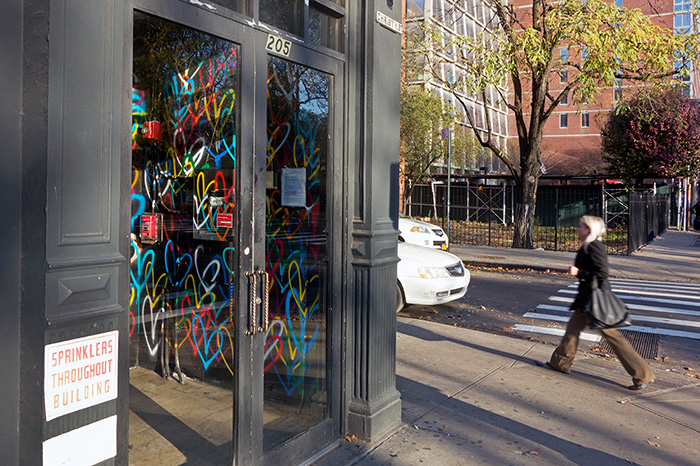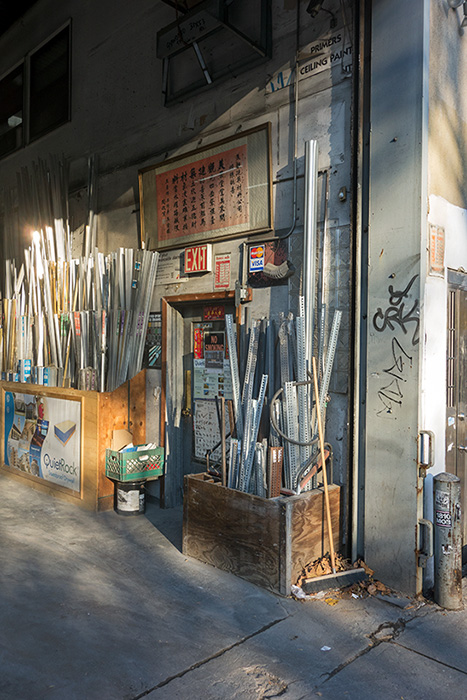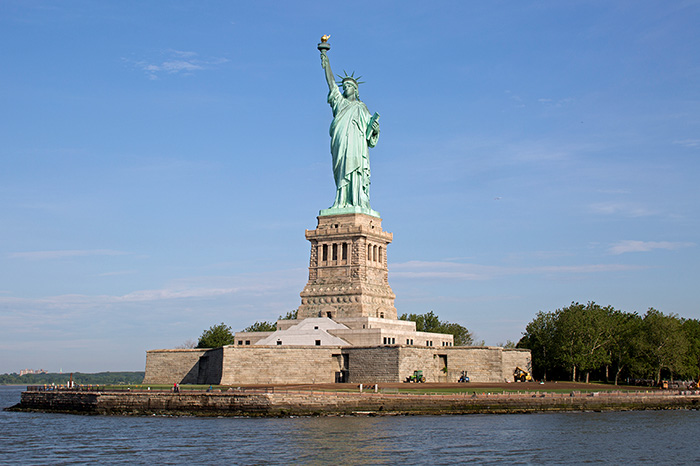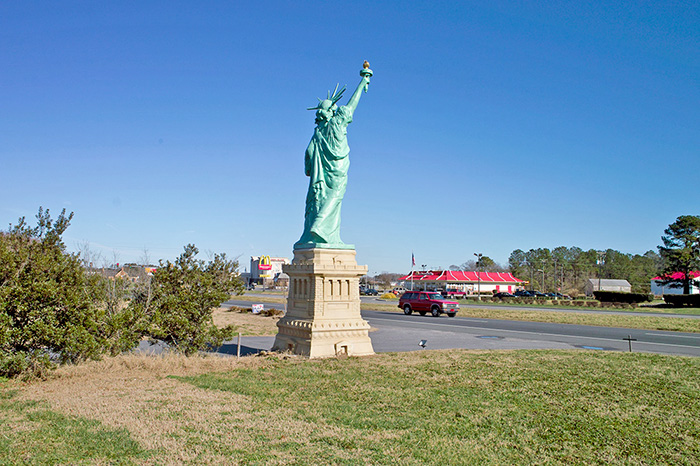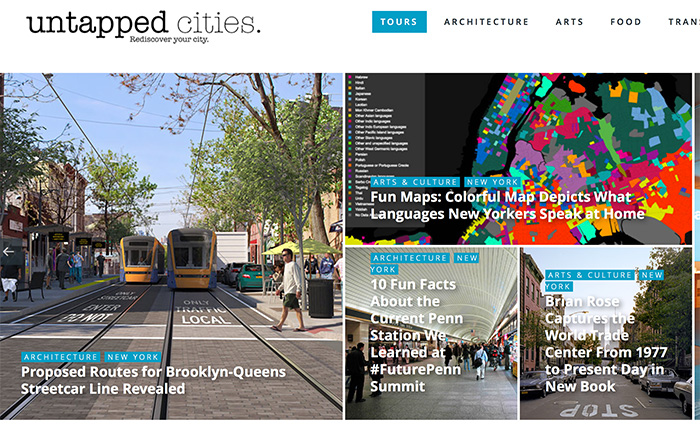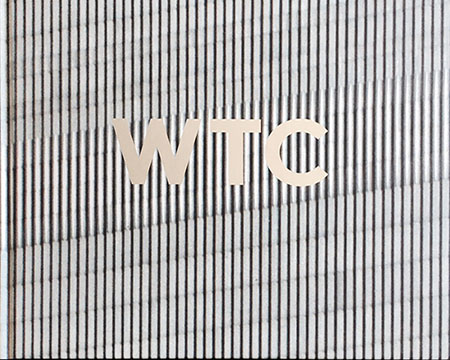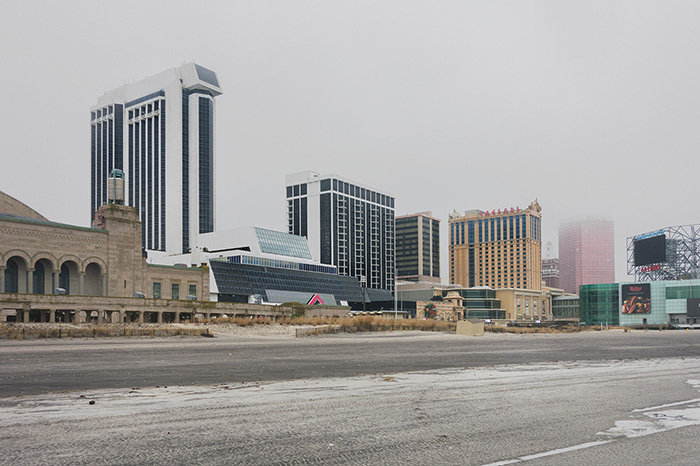
Abandoned Trump Plaza, Atlantic City — © Brian Rose
I made my second trip to Atlantic City. It was a grey, damp, December day — chilly, but not too bad. The project is beginning to take shape. I will focus, to start, on the Trump Taj Mahal and Trump Plaza, two recently bankrupted casinos that have sent this already depressed city reeling, and then gradually expand out from the Boardwalk. Is Atlantic City a metaphor for what is happening to the country as a whole? Way back in 1981, Louis Malle said that his film “Atlantic City could be a metaphor for things going wrong all over America.” And recently the New Republic opined that “The closure of Trump Taj Mahal casino is a giant metaphor for Trump’s America.” So, I think we are on solid, if not original, footing here.
 Driving down on the Garden State Parkway I pulled into a rest stop for coffee, and as I was leaving I noticed Governor Chris Christie’s beaming face lurking behind a couple of coin operated games. Politico called Christie and Trump “the twin villains of Atlantic city,” and I am in constant amazement that these two buffoons have come to exercise such power. Fortunately, it appears that Christie’s path to national acclaim has fallen victim to a traffic jam in Fort Lee, an act of political vengeance stunning for its clownish and petty nature. Ah well.
Driving down on the Garden State Parkway I pulled into a rest stop for coffee, and as I was leaving I noticed Governor Chris Christie’s beaming face lurking behind a couple of coin operated games. Politico called Christie and Trump “the twin villains of Atlantic city,” and I am in constant amazement that these two buffoons have come to exercise such power. Fortunately, it appears that Christie’s path to national acclaim has fallen victim to a traffic jam in Fort Lee, an act of political vengeance stunning for its clownish and petty nature. Ah well.
“Trump and Christie have one thing in common regarding Atlantic City,” says Frank Becktel, a jitney driver and an Atlantic City loyalist suffering along with the rest of the town in its hour of
need. “They both knew how to squeeze a buck out of us and leave us for dead.”
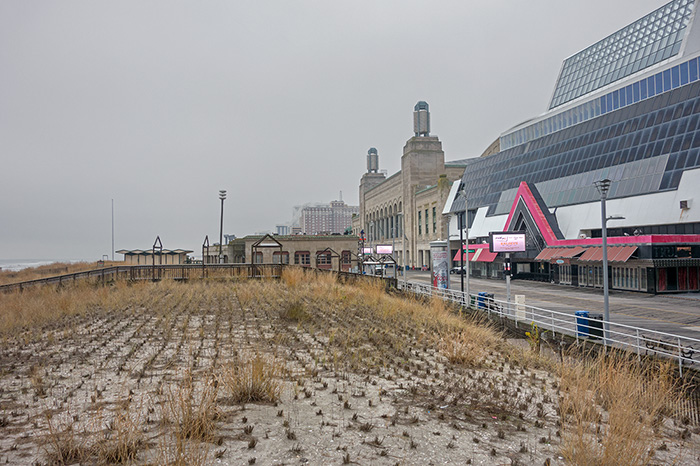 Trump Plaza and the historic Atlantic City Convention Center — © Brian rose
Trump Plaza and the historic Atlantic City Convention Center — © Brian rose
In 1984 Donald Trump opened the Trump Plaza, at the time the largest casino in Atlantic City. The project was done in a partnership with Harrah’s, an experienced casino operator, and involved a great deal of debt, which Trump was forced to refinance several times.
“Early on, I took a lot of money out of the casinos with the financings and the things we do,” he said in a recent interview. “Atlantic City was a very good cash cow for me for a long time.”
When Trump Plaza closed two years ago, over a thousand people were laid off. The buildings languished, and the embarrassment of having the Trump name in bold red letters all over exteriors prompted a lawsuit. “Last year, he sued to force the shuttered Trump Plaza to remove every reference to his name, a final pronouncement on his view of Atlantic City. The letters were removed, some carted off in a contractor’s pickup truck.”
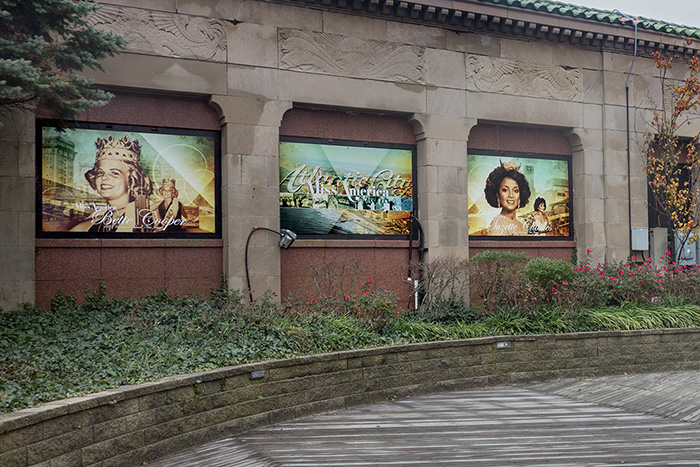
Miss America tribute — © Brian Rose
Just in front of the Trump Plaza is a tribute to the Miss America pageant, which began in Atlantic City in 1921, and has been held, frequently, in the nearby Convention Center, now called Boardwalk Hall. Donald Trump never got his hands on Miss America, literally or figuratively — he was the owner of the Miss Universe and USA pageants for over a decade. Miss America would have been far too cerebral. When he took over Miss Universe pageant Trump said, “They had a person that was extremely proud that a number of the women had become doctors, and I wasn’t interested.”
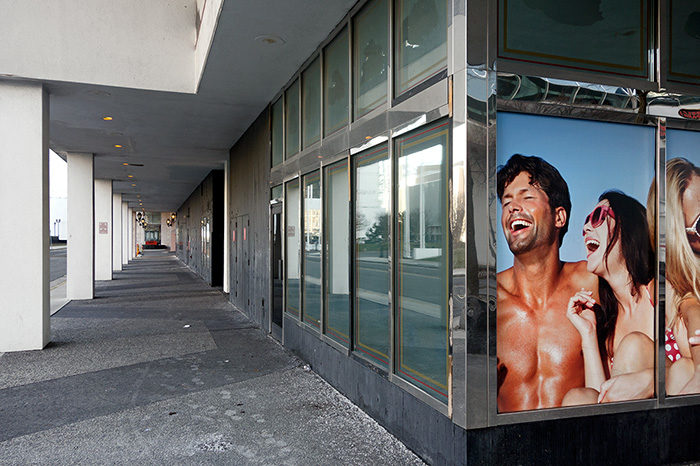
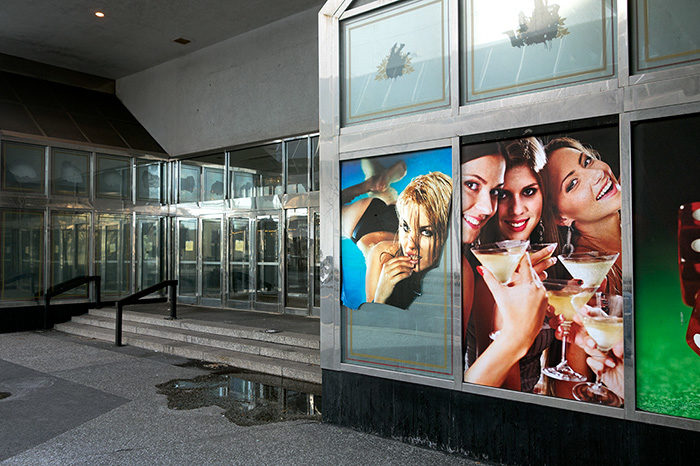
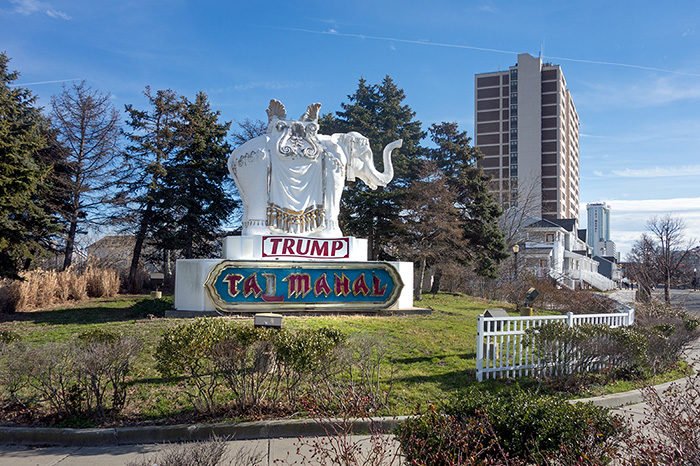
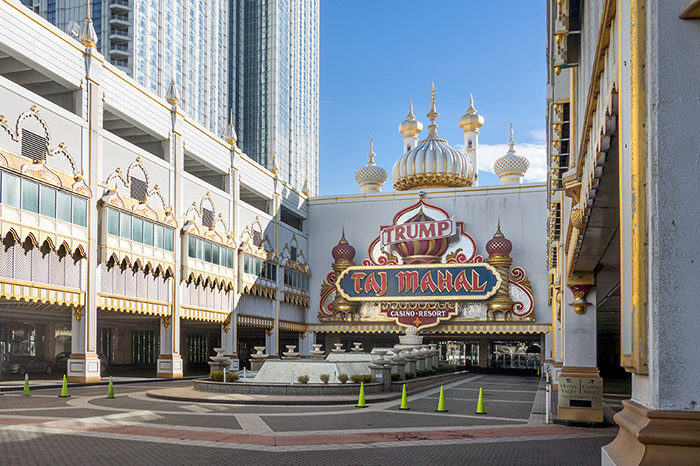
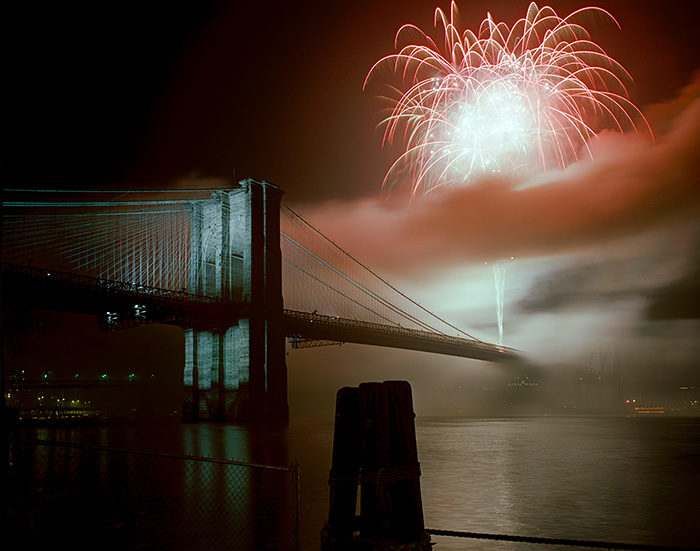
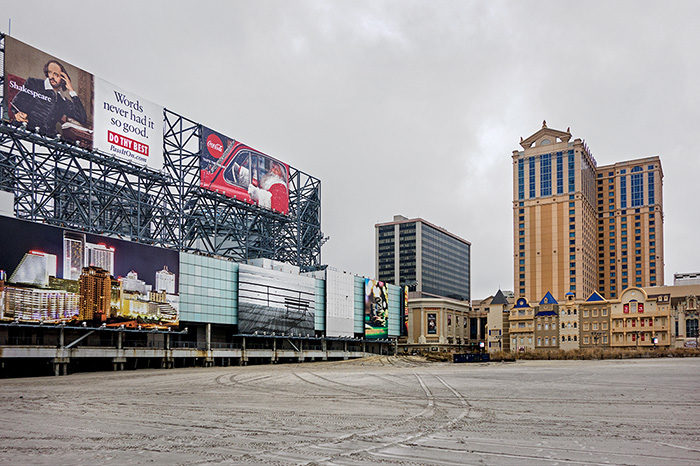
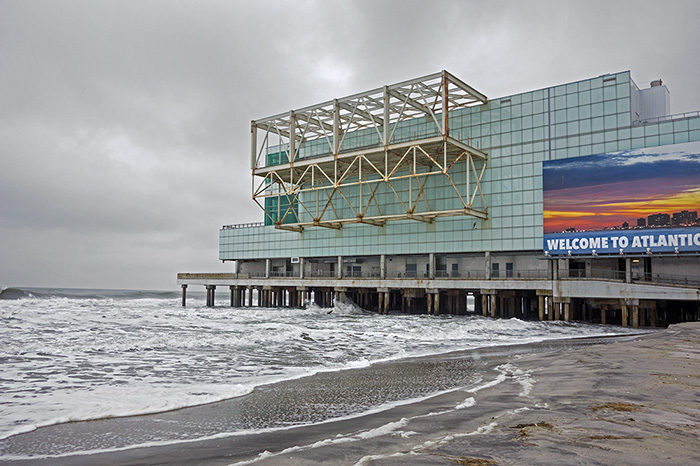
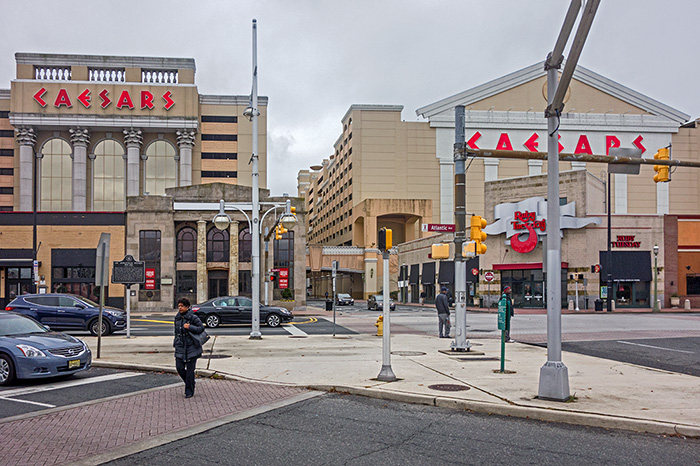
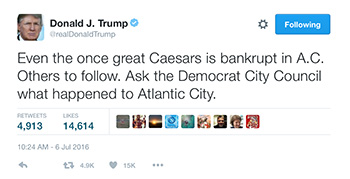
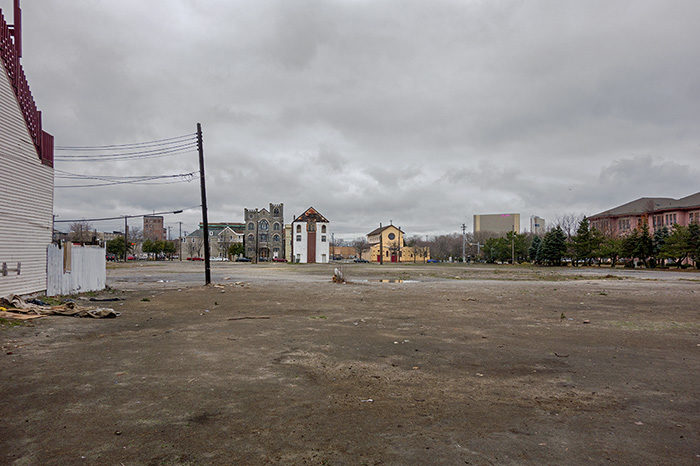

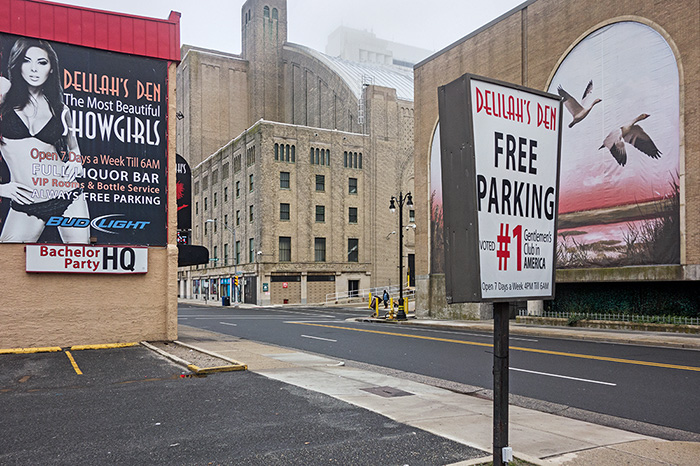
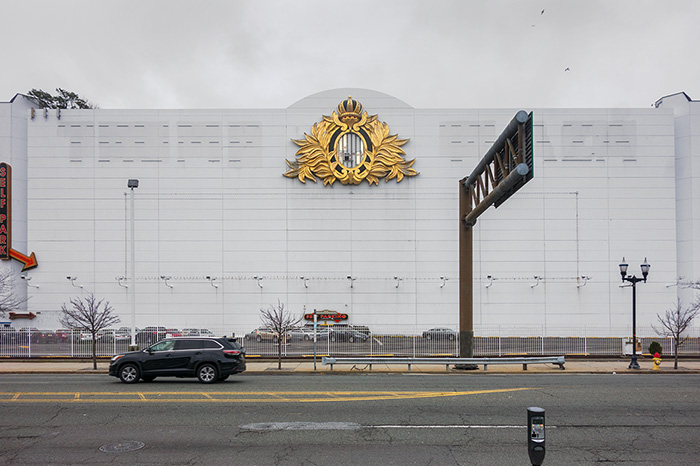




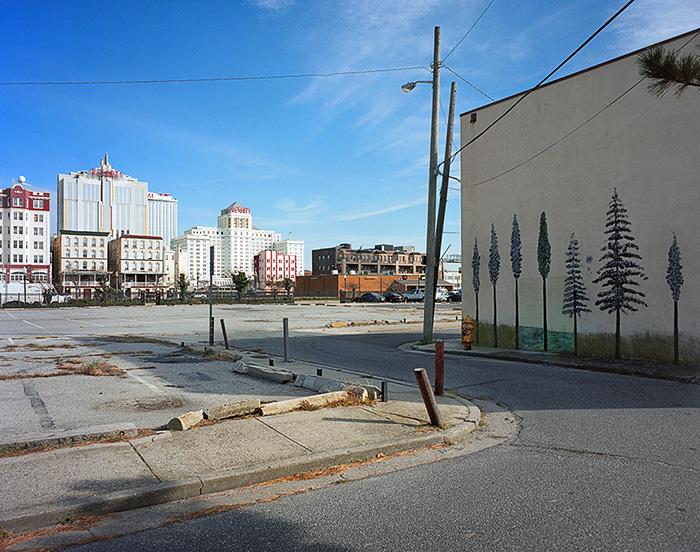
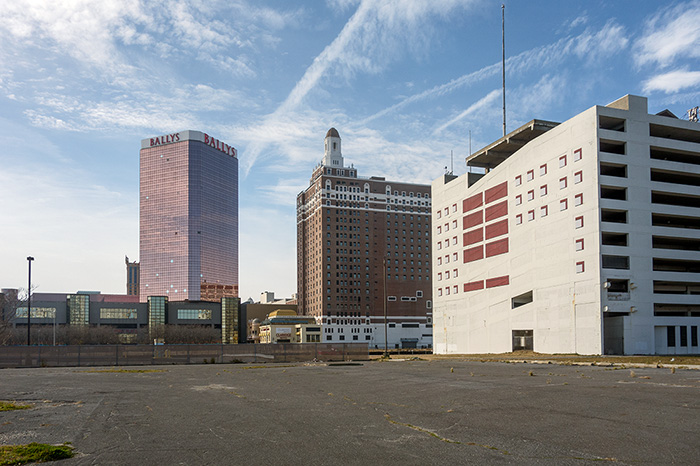
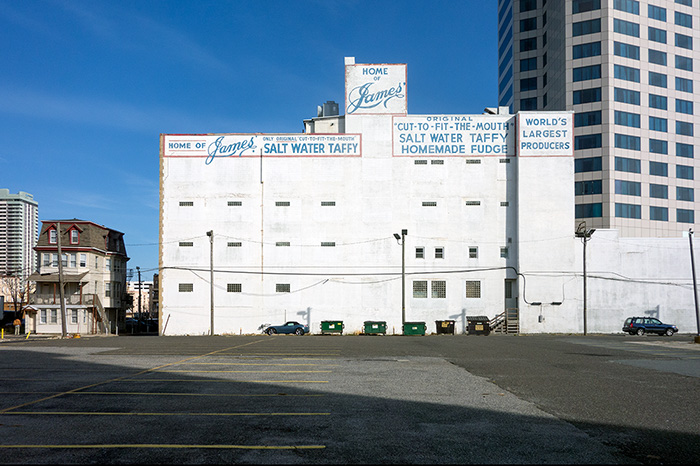
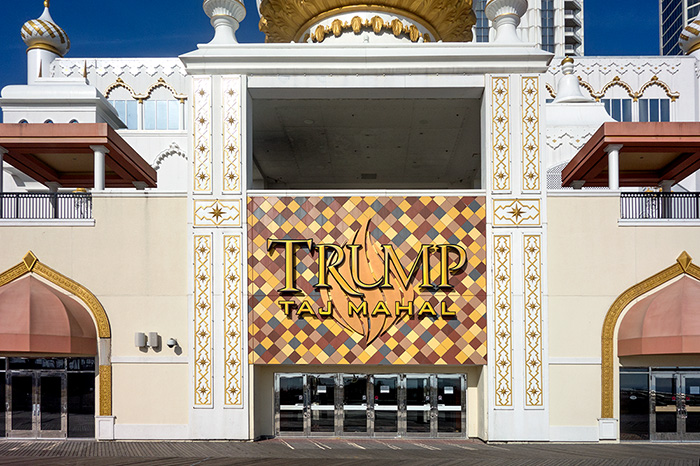
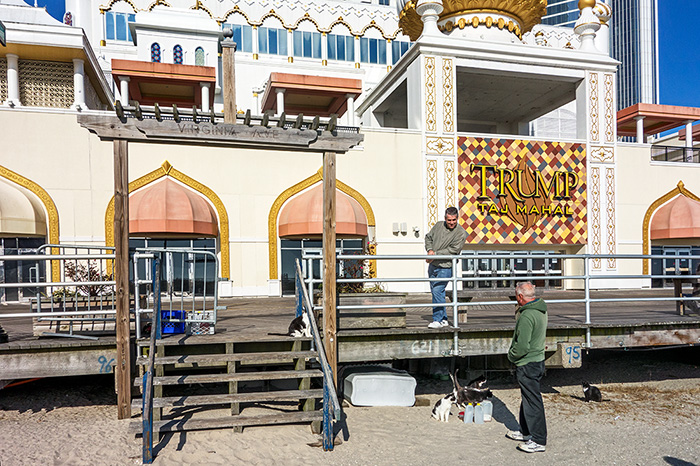
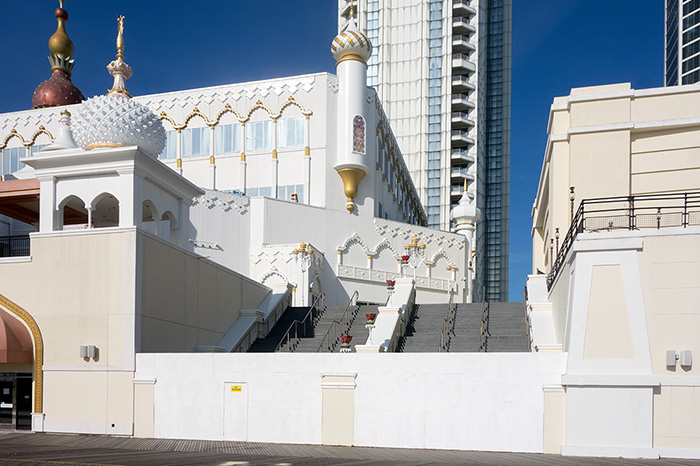
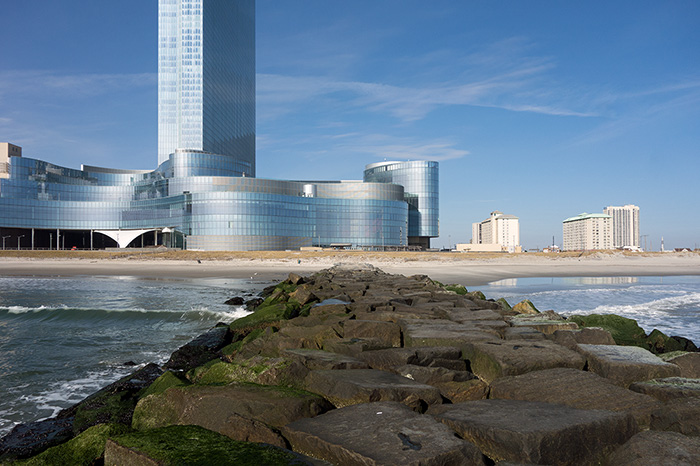
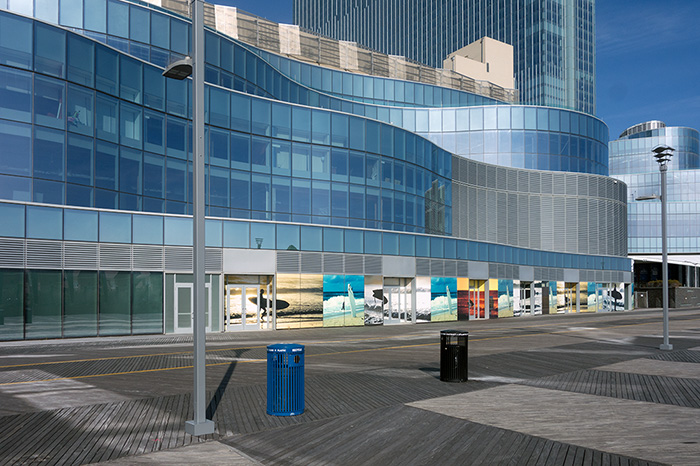
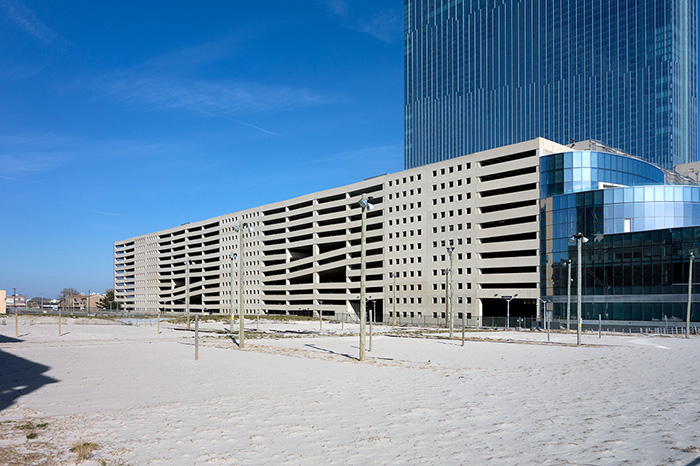

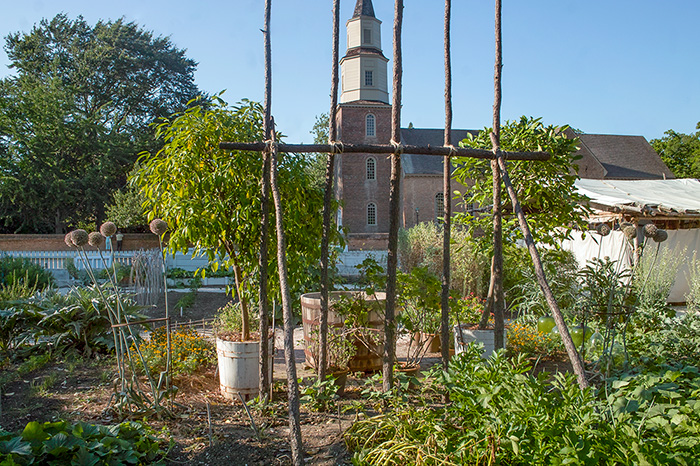
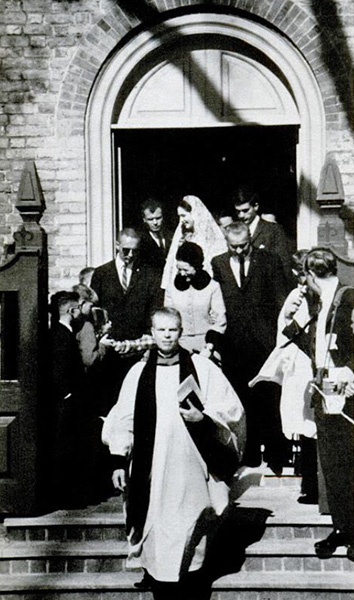 originally from Birmingham, Alabama. I was there with my parents as Lewis mounted the pulpit high above the congregation and directed his sermon at the President of the United States sitting just below. His remarks were respectful in tone, but the message was blunt: “there is a rather general consensus that what we are doing in Vietnam is wrong.” Lewis asked why the war continued to drag on and why there did not seem to be a concerted effort to end it.
originally from Birmingham, Alabama. I was there with my parents as Lewis mounted the pulpit high above the congregation and directed his sermon at the President of the United States sitting just below. His remarks were respectful in tone, but the message was blunt: “there is a rather general consensus that what we are doing in Vietnam is wrong.” Lewis asked why the war continued to drag on and why there did not seem to be a concerted effort to end it.